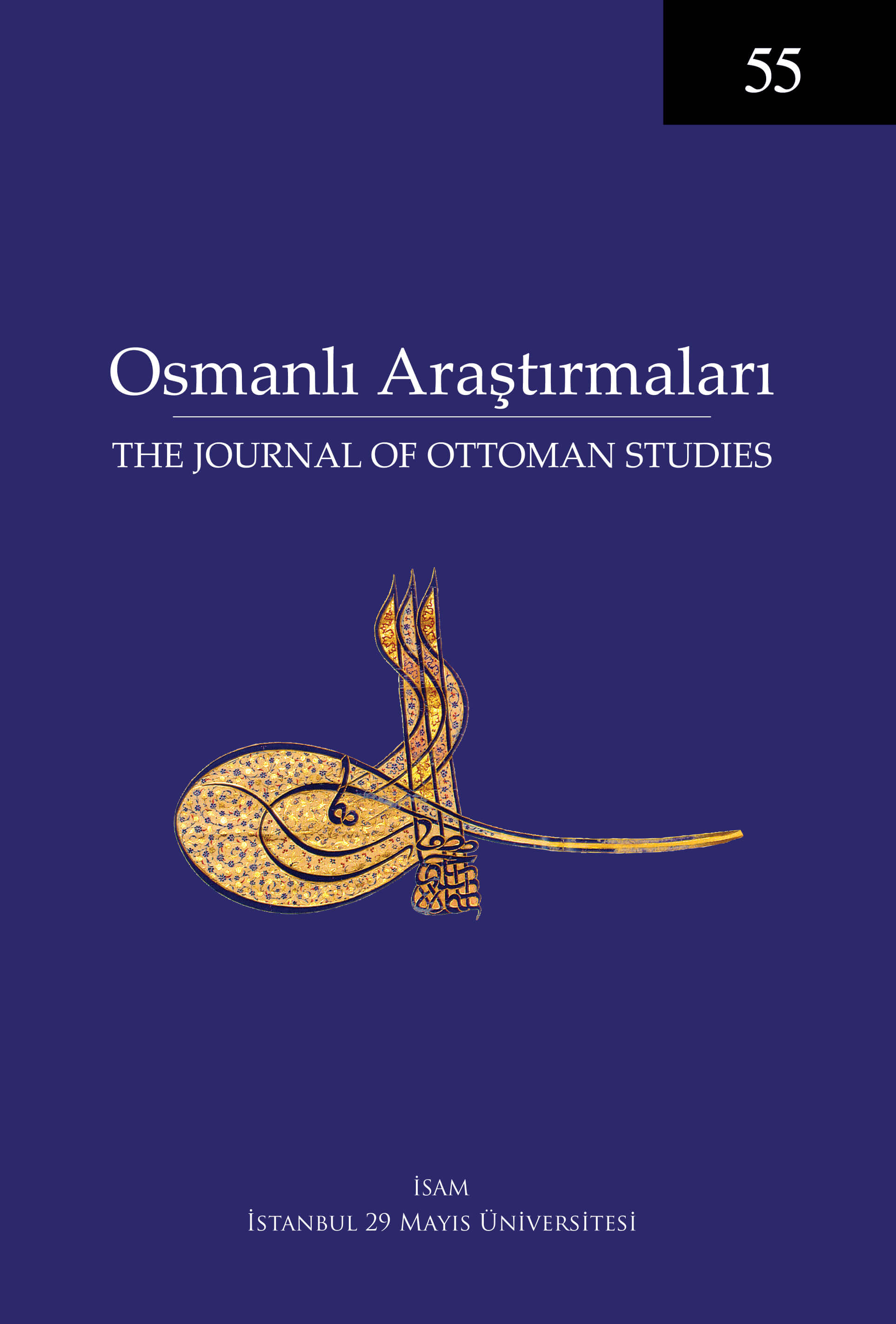‘Do not build a dome and monuments on me’: Uncovered Tomb Taste in Ottoman Architecture (1661-1763)
Keywords:
Ottoman Architecture, Tombs, Graves, Köprülü Family, Mehmed IV, Kadızâdeli Movement, Vanî Mehmed EfendiAbstract
Ottoman tradition of domed tomb architecture disappears dramatically in the mid-seventeenth century. There is no example of a domed tomb built in this period, which lasted nearly a century. The domed tombs are replaced by uncovered tombs or hazires. The first example of the new fashion is the Köprülü Mehmed Paşa Tomb. According to Wheler and Spon who were in Istanbul around 1675-1676, Mehmed Paşa who haunted both Fazıl Ahmed Paşa [son of him] and Sultan Mehmed IV’s dreams, begs for water to be relieved, saying that in the tomb he is lit in flames. Telling their dreams to each other, the vizier and sultan consulted the müfti who recommends demolishing the dome to allow rain water to fill up the grave to refresh Paşa’s body. Then, the dome of the tomb was demolished and an uncovered tomb was arranged. In this fantastic narrative, the müfti who suggested the demolition of the dome was probably Vanî Efendi, a follower of the ideas of Kadızâdeliler that was a religious movement against tombs, who influenced both sultan and vizier with his sermons. Even though, Vanî Efendi lost his favour after the defeat in siege of Vienna in 1683, Feyzullah Efendi, a student and son in law of him, gained prestige in the eye of Ottoman dynasty and Köprülü Family. Being Şeyhülislam, Feyzullah Efendi was very influential during the reign of Mustafa II. Two of his sons became Şeyhülislam during the reign of Mahmud I, however, the influence of the family came to end with the enthronement of Osman III. The new tomb tradition, the first example of that was the Tomb of Köprülü Mehmed Paşa, started with the arrival of Vanî Efendi in İstanbul with Fazıl Ahmed Paşa’s invitation, ended when Feyzullah Efendi’s son, Murtaza Efendi was dismissed by Osman III in 1755. In 1756, the first domed tomb constructed after about a century. The last example of the uncovered tomb tradition/taste became the Râgıb Paşa Tomb built in 1763. The aim of this paper to discuss the religious motivations behind building uncovered tombs with a focus on the religious tendency of Vanî Efendi, Feyzullah Efendi and his family.




